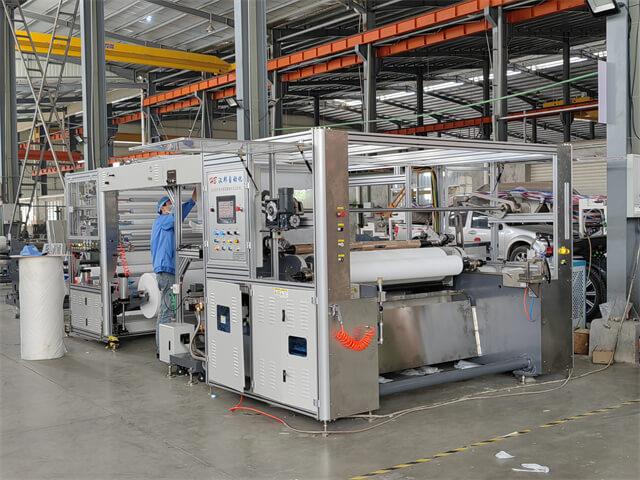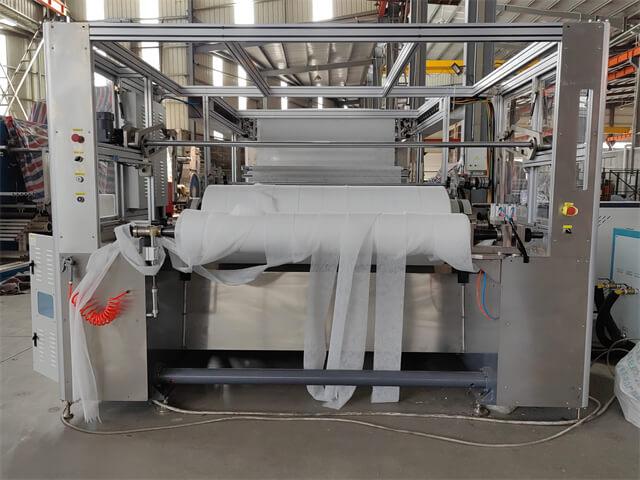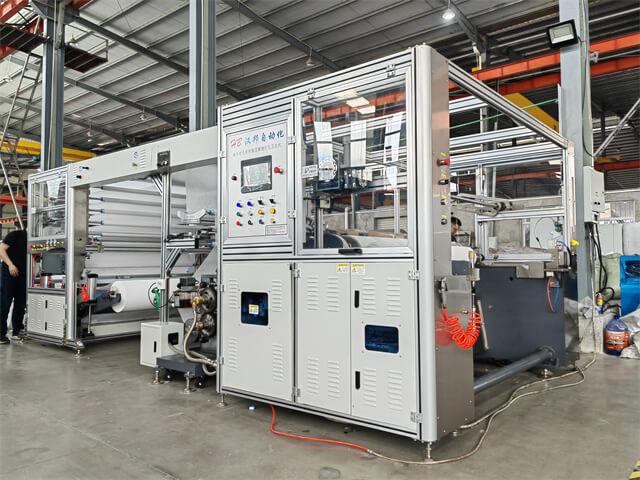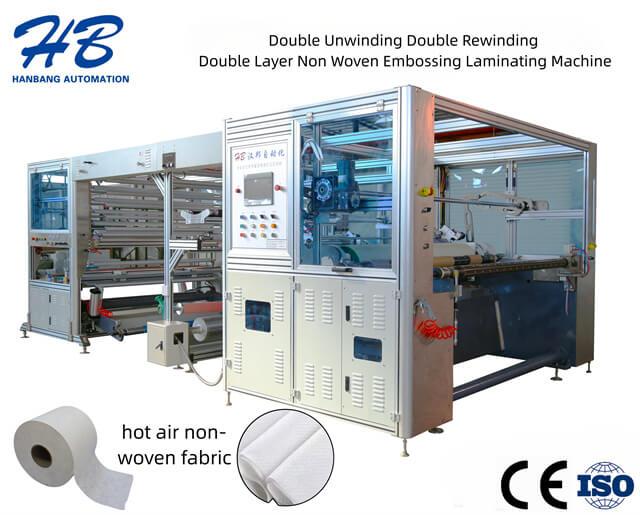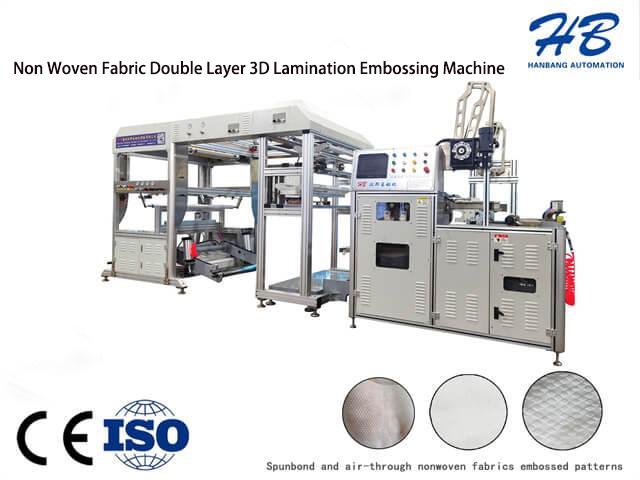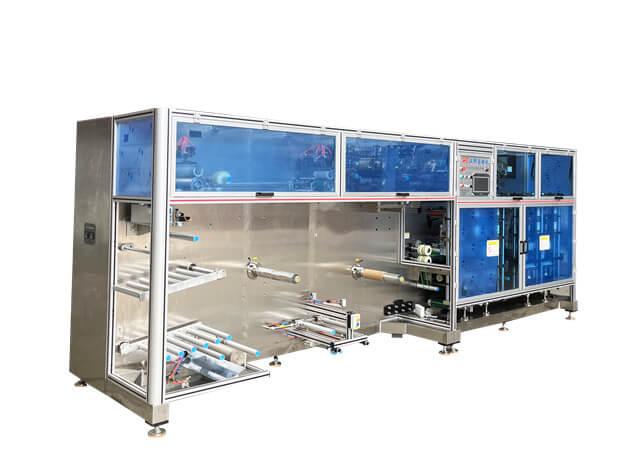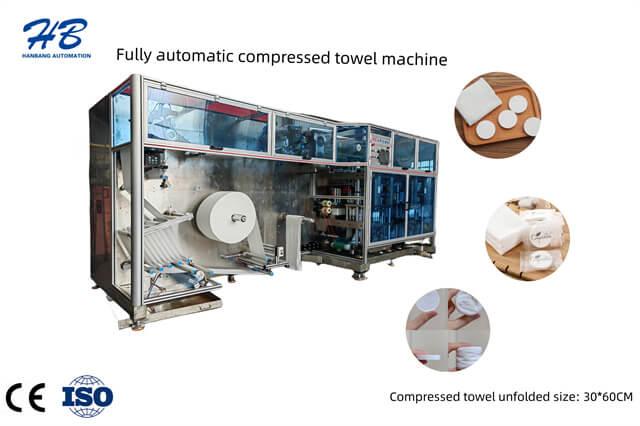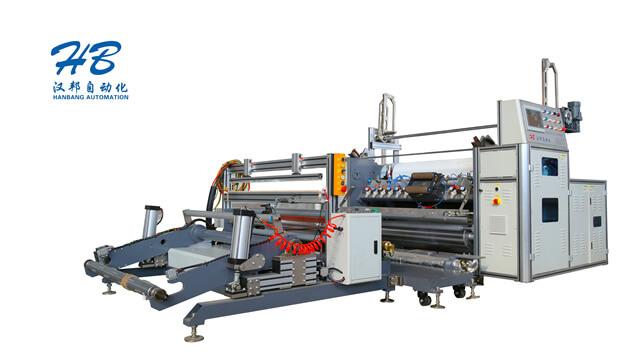Maintenance and Care for Non Woven Perforating Machines
Non woven Perforating machines play a crucial role in the production of diapers and sanitary napkins. These machines are responsible for creating the perforations on the non woven materials, allowing for better absorption and comfort. To ensure the smooth operation and longevity of these machines, proper maintenance and care is essential. In this article, we will discuss the key aspects of maintaining and caring for non woven Perforating machines.
1. Regular Cleaning
One of the most important maintenance tasks for non woven Perforating machines is regular cleaning. This involves removing any debris or residual material that may have accumulated during the Perforating process. A clean machine will not only operate more efficiently but also prevent any potential damage caused by blockages or build-up.
2. Lubrication
Proper lubrication is crucial for reducing friction and ensuring the smooth movement of machine components. It is recommended to follow the manufacturer's guidelines for lubricating the various parts of the non woven punching machine. Regularly inspecting the lubrication levels and replenishing as necessary will help prolong the lifespan of the machine.
3. Inspection and Maintenance Schedule
Creating a routine inspection and maintenance schedule for your non woven Perforating machine is essential for its long-term performance. This should include checking all components for wear and tear, tightening any loose screws or bolts, and replacing any damaged parts promptly. Following a regular maintenance schedule will not only prevent unexpected breakdowns but also improve the overall efficiency of the machine.
4. Operator Training
Providing comprehensive training to machine operators is vital for the optimal care and maintenance of non woven Perforating machines. Operators must be educated on the proper operation of the machine, including handling and troubleshooting common issues. Additionally, they should be trained on safety protocols to ensure their well-being as well as the protection of the machine.
5. Calibration
Regular calibration of the non woven
perforating machine is necessary to maintain consistent and accurate
perforating results. This involves verifying the alignment of the punching tools and adjusting them if necessary. It is recommended to perform calibration checks periodically or after any significant changes in production conditions to ensure the machine's optimal performance.
6. Monitoring Performance
Continuous monitoring of the machine's performance is crucial for identifying any potential issues or abnormalities. This can be done by regularly analyzing the output quality and inspecting the perforated materials for any defects. Any deviations from the expected performance should be immediately addressed to prevent further damage to the machine or compromised product quality.
7. Spare Parts Inventory
Maintaining an inventory of commonly used spare parts can significantly reduce downtime in case of component failure. It is advisable to keep stock of essential items such as
perforating tools, belts, and sensors. Regularly reviewing the spare parts inventory and replenishing as necessary will allow for quick repairs and minimal disruption to production.
8. Collaboration with Suppliers
Establishing a good working relationship with your machine suppliers can provide valuable support and guidance for maintenance and care. They can offer technical expertise, recommend best practices, and provide timely assistance when needed. Regular communication and collaboration with suppliers will ensure that you have access to the necessary resources to keep your non woven
perforating machine in optimal condition.
Conclusion
In conclusion, proper maintenance and care are essential for optimizing the performance and lifespan of non woven
perforating machines in the diaper and sanitary napkin industry. Regular cleaning, lubrication, inspection, and calibration are key tasks that should be integrated into a maintenance schedule. Operator training, performance monitoring, spare parts inventory management, and collaboration with suppliers further contribute to the efficient operation of these machines. By following these guidelines, manufacturers can ensure smooth production processes and deliver high-quality products to consumers.
